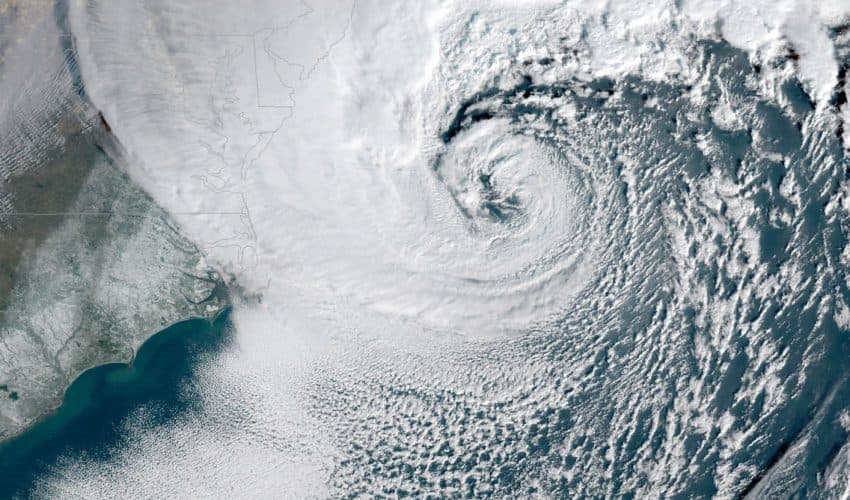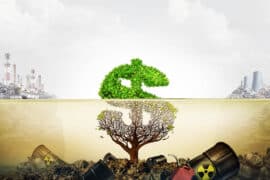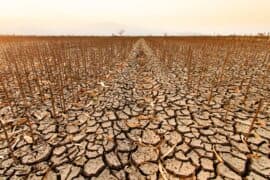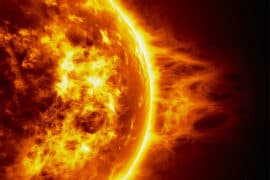
Largest storm surges in the northeast aren’t caused by hurricanes
Scientists at Rutgers University have found that most of the large storm surges in the northeastern United States are not caused by hurricanes, but by extratropical cyclones.
The researchers pointed out that it is important to understand the climatology of storm surges driven by extratropical cyclones to better evaluate future risks, especially as sea-level rise continues.
“We wanted to understand the large-scale atmospheric circulation associated with storm surges,” said study lead author Arielle J. Catalano. “It’s an atmospheric approach to the surge-producing storms.”
Mid-latitude cyclones, including nor’easters and other non-tropical storms, are capable of generating massive storm surges. The researchers discovered some interesting trends while looking for similarities, or clusters, among extratropical cyclones.
“The clusters are like rough police artist sketches of what surge-producing storms look like,” said Professor Anthony J. Broccoli. “Like facial recognition software, clustering is trying to find storms that look like one another.”
The investigation was focused on the 100 largest storm surges driven by extratropical cyclones at Sewells Point in Virginia, the Battery in southern Manhattan, and in Boston, Massachusetts. Hybrid systems that shifted from tropical to non-tropical storms like Superstorm Sandy were excluded from the analysis.
The experts examined tide gauge records from the early 20th century through 2010. They took a close look at atmospheric circulation during storms to find clusters, and studied climate variability patterns that influenced circulation in the Northeast.
The scientists determined that the biggest storm surges develop when low pressure systems, or slow-moving extratropical cyclones, encounter high pressure systems. This collision causes a tighter pressure gradient and longer-lasting onshore winds.
The study revealed that extratropical cyclones caused 88 out of the 100 largest storm surges recorded at The Battery. The largest of these surges was 7.9 feet, which is only 20 percent smaller than The Battery’s biggest surge that was generated by Superstorm Sandy.
The highest surge at Sewells Point was 5.4 feet, while the highest surge in Boston was nearly 6.3 feet. Extratropical cyclones were found to be responsible for 71 percent of the largest surges at Sewells Point and 91 percent of those in Boston.
“The elephant in the room is sea-level rise,” said Broccoli. “That will likely matter more than how storms may change in the future, but what happens will be a combination of the two factors.”
The study is published in the Journal of Applied Meteorology and Climatology.
—
By Chrissy Sexton, Earth.com Staff Writer
Image Credit: NOAA












